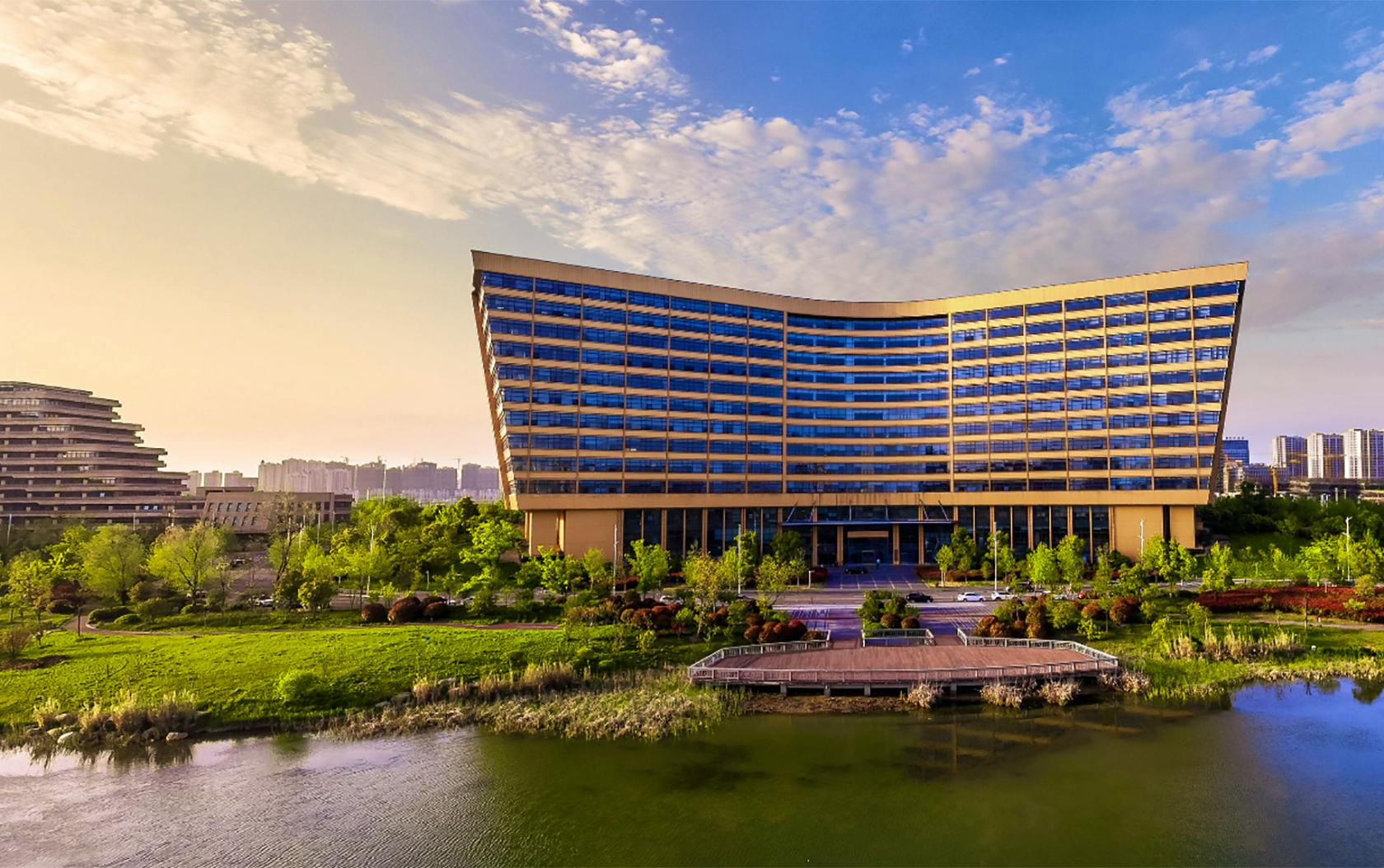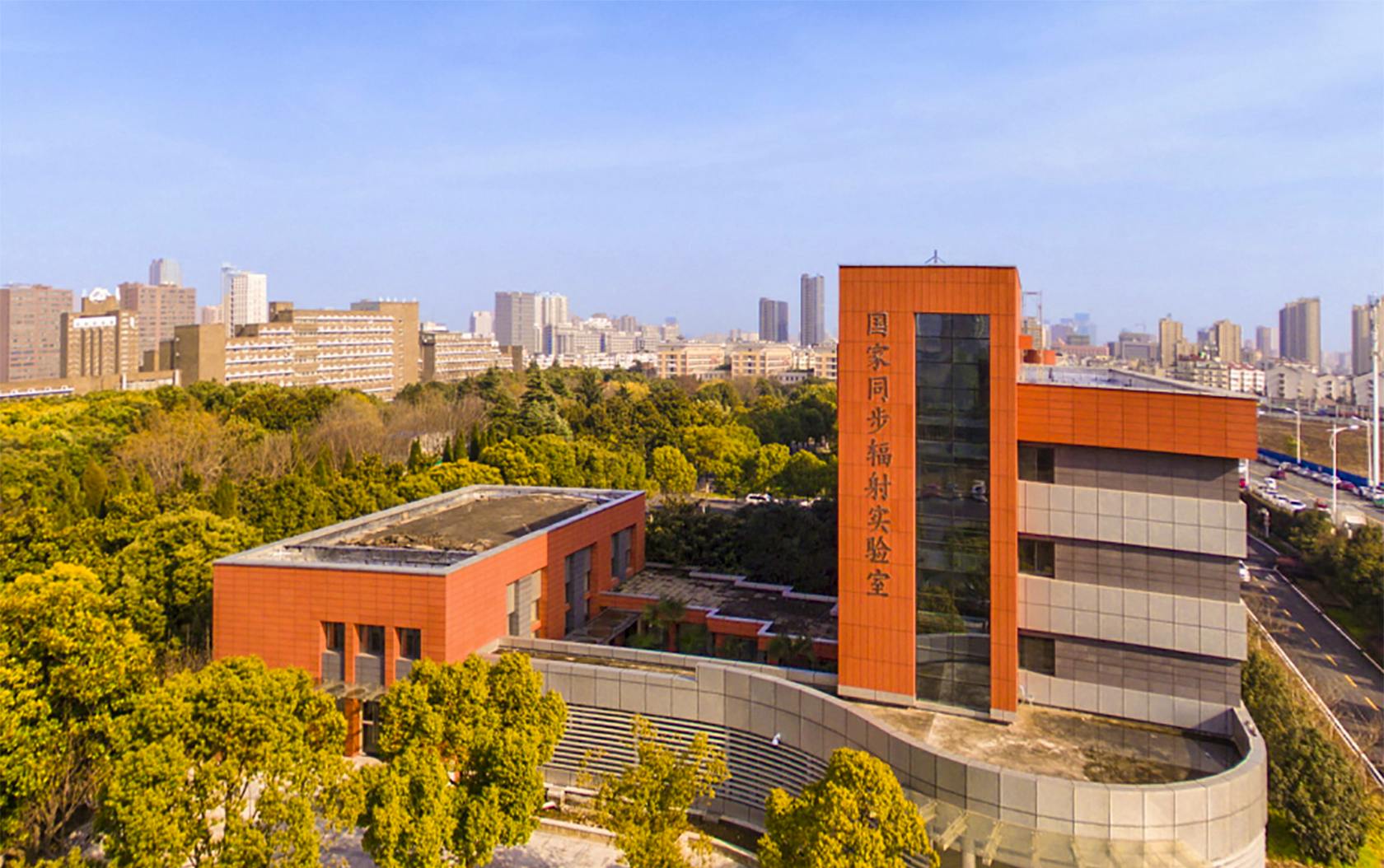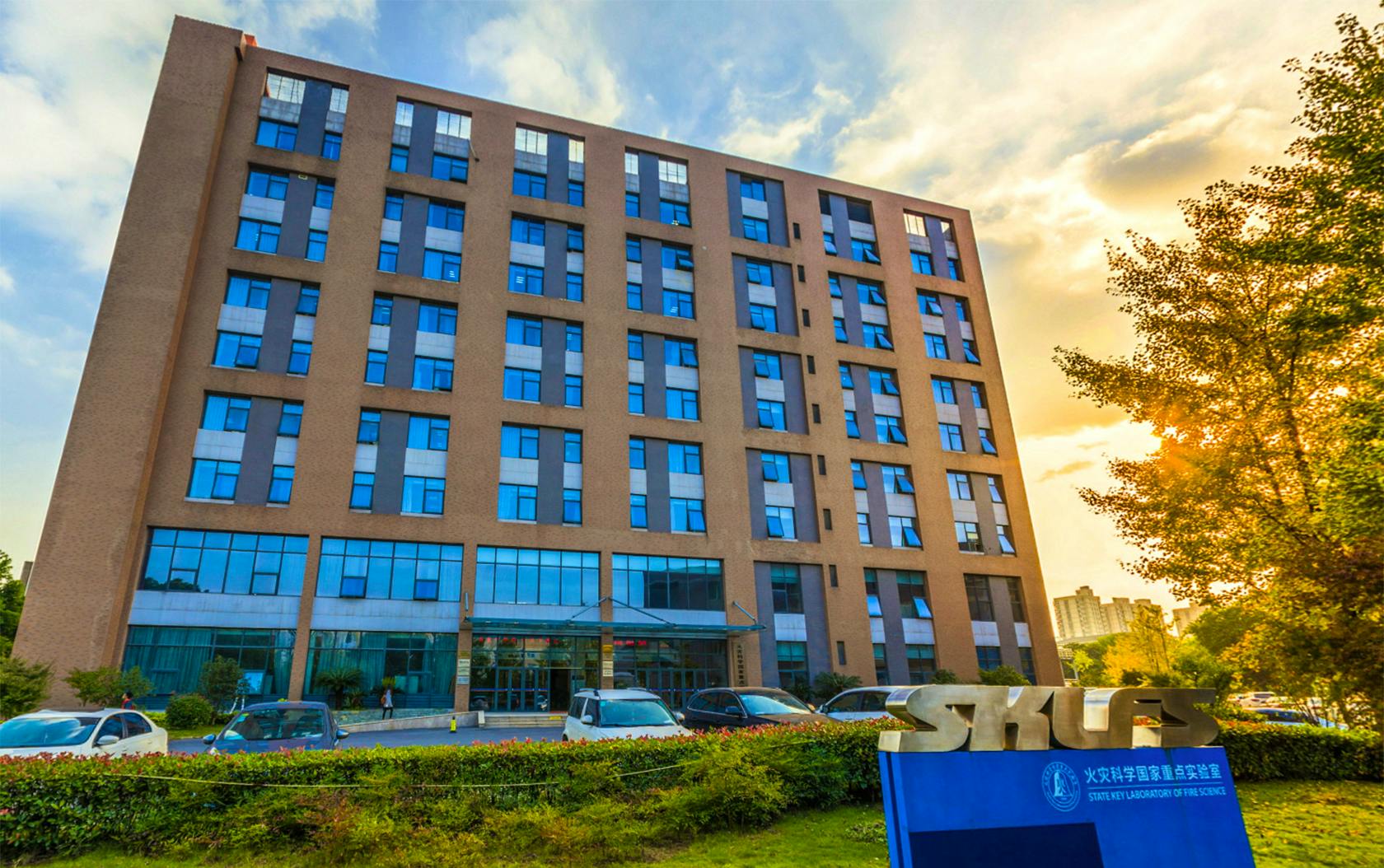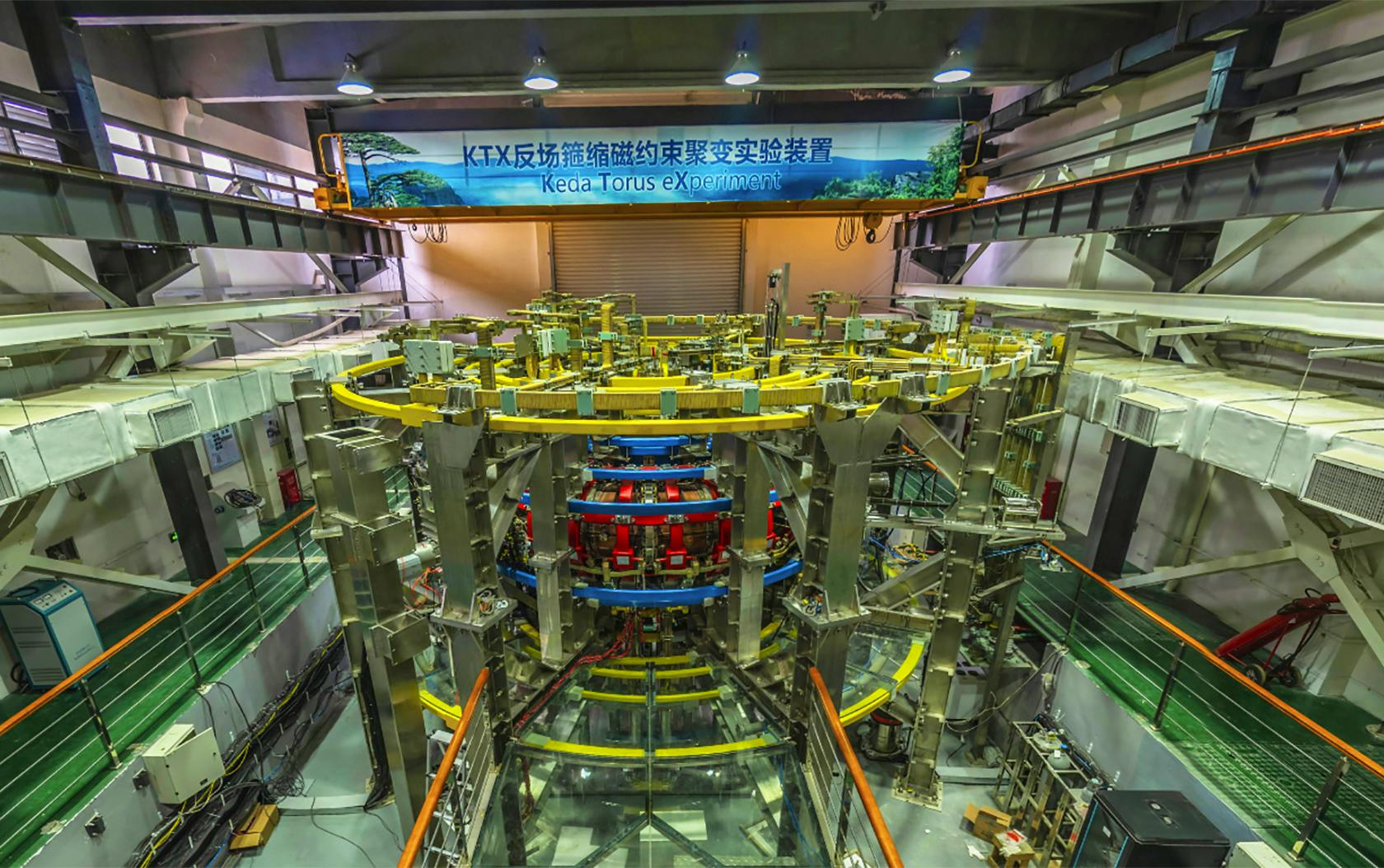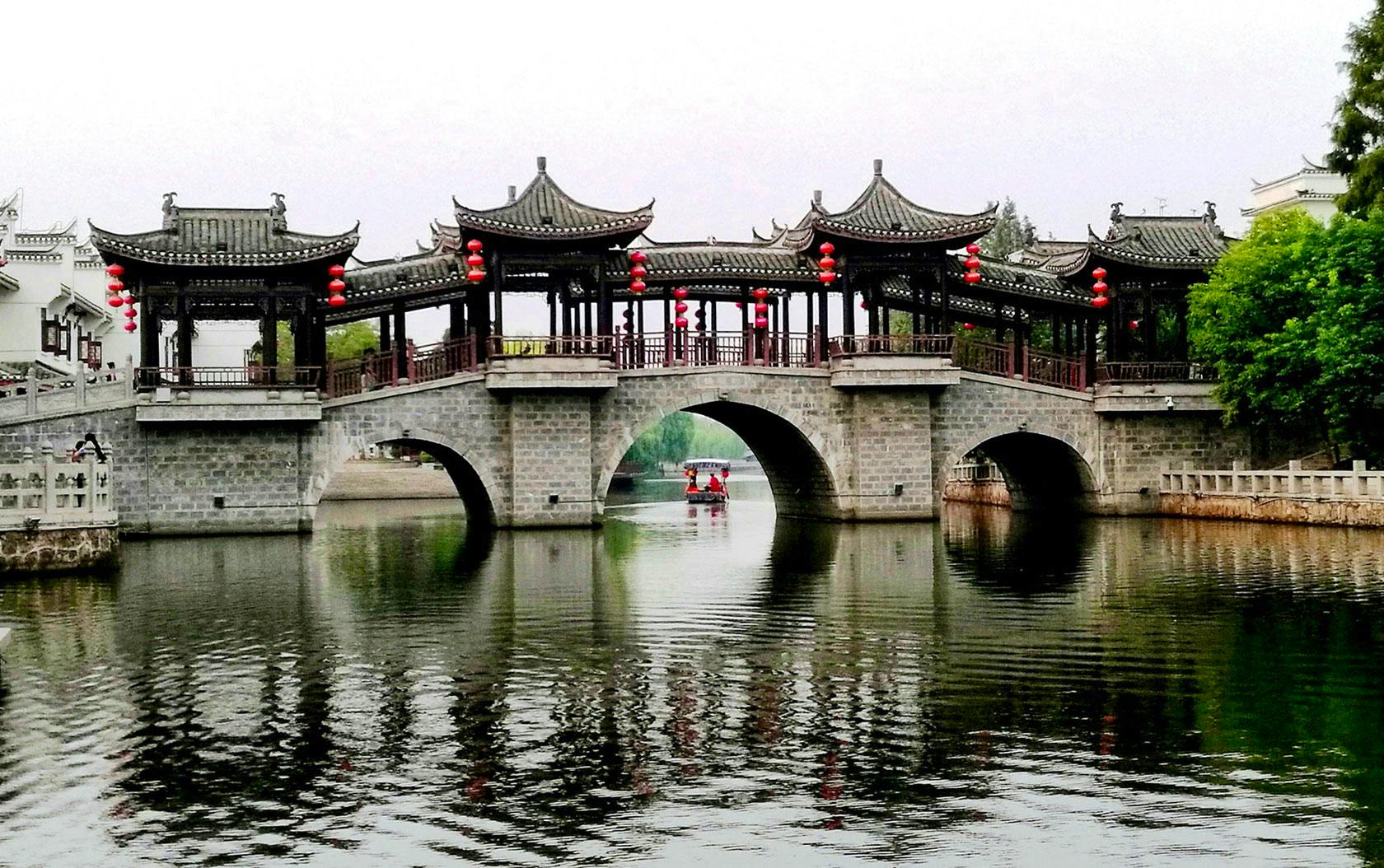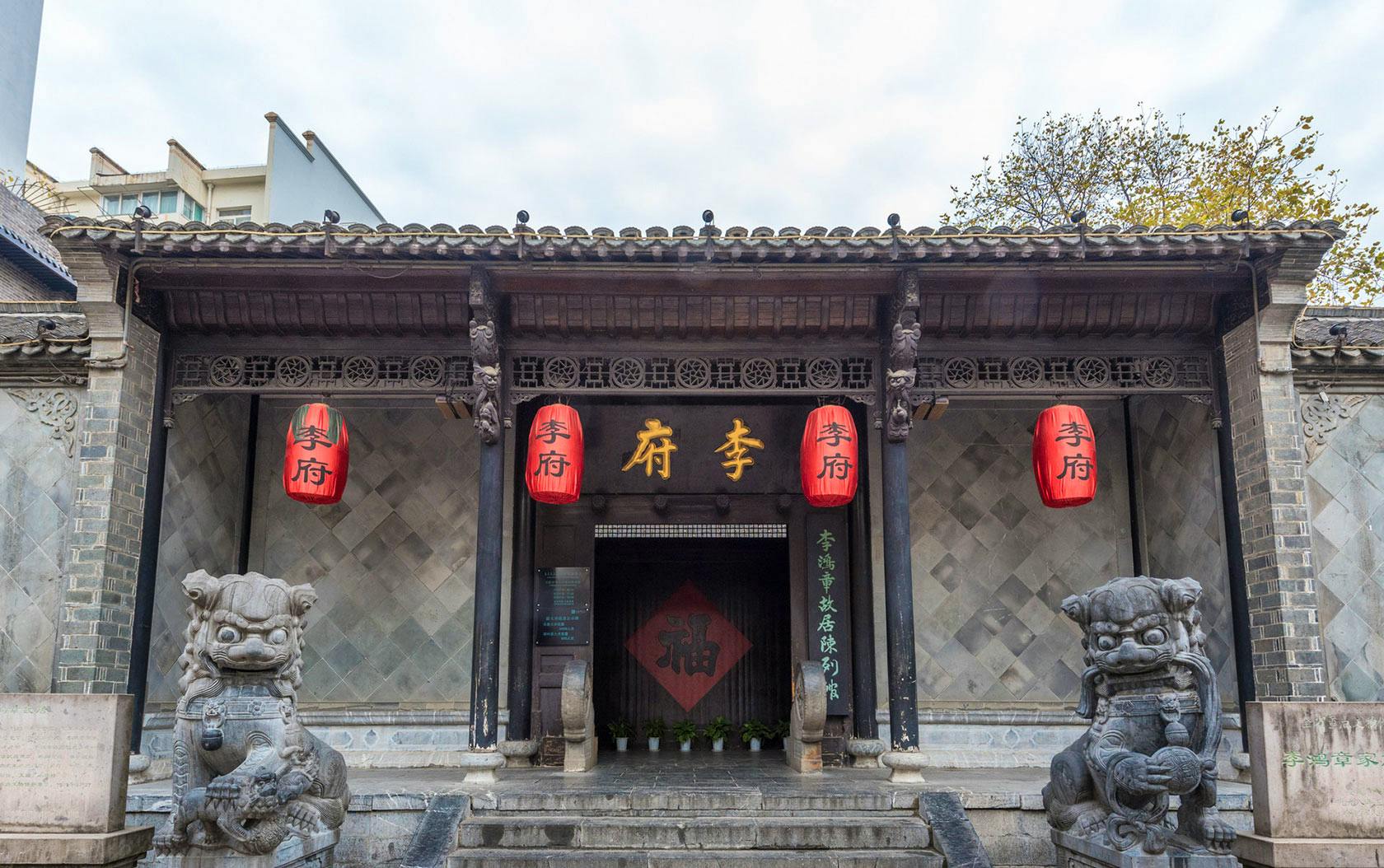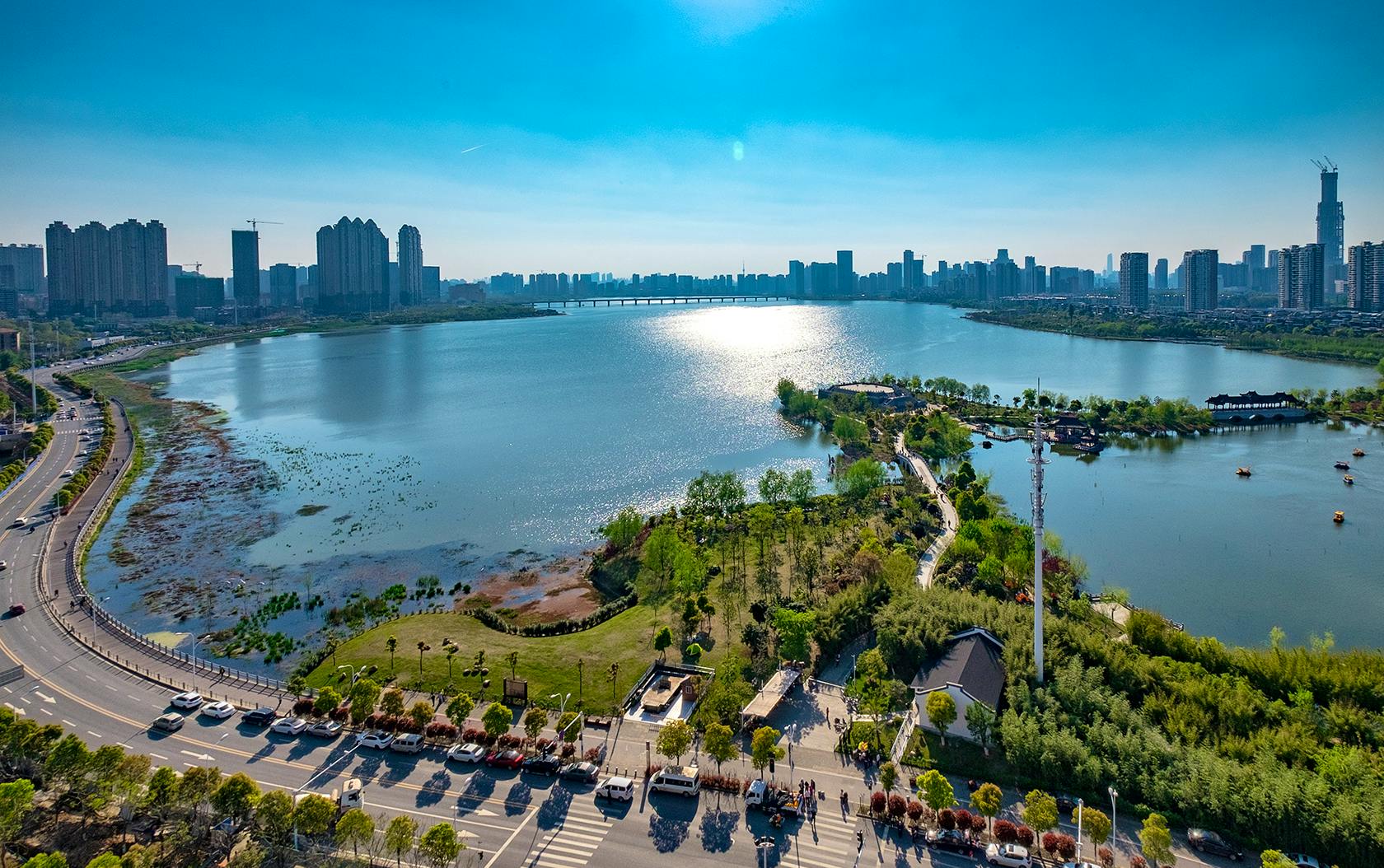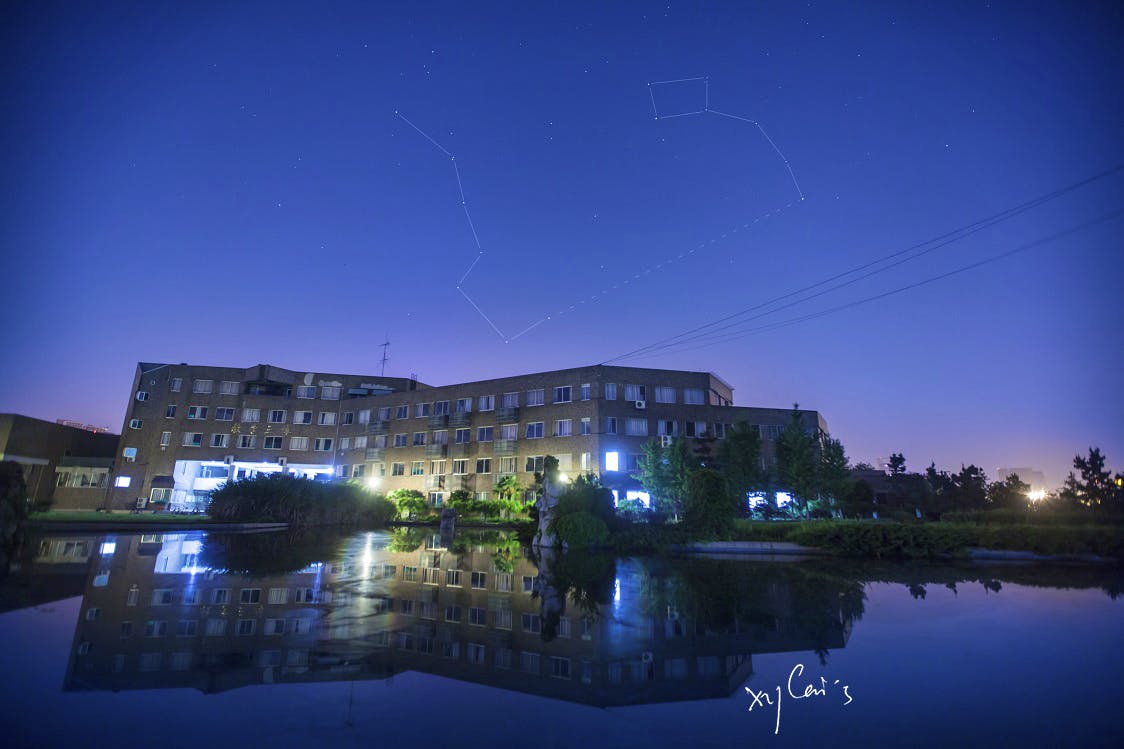Introduction
The University of Science and Technology of China (USTC) is a prominent university in China and enjoys an excellent reputation worldwide. It was established by the Chinese Academy of Sciences (CAS) in 1958 in Beijing, as a strategic action by the Chinese government, to meet China’s science and technology needs and increases the country’s international competitiveness. CAS integrated its resources with USTC, with the aim of educating top talent in cutting-edge, interdisciplinary science and technology. The establishment of USTC was hailed as “a great event in the history of education and science of China”. In 1970, USTC moved to its current location in Hefei, the capital of Anhui Province.
From the start, USTC’s mission has been to “focus on frontier areas of science and technology and educate top leaders in science and technology for China and the world”. Central to its strategy has been the combination of education and research, as well as the emphasis on quality rather than quantity. Led by the most renowned Chinese scientists of the time, USTC set up a series of programs creatively encompassing frontier research and development of new technology. As a result, the university has taken the lead in higher education in China. USTC has accomplished several “firsts” in China. For example, USTC established the first graduate school in China, initiated the first class for gifted young people in China and built the first “big science facility” in China, the Hefei Synchrotron Radiation Facility.
Innovations
USTC is one of the most important innovation centers in China. It is the only university in China operating two national labs: the National Synchrotron Radiation Laboratory and the Hefei National Laboratory for Physical Sciences at the Microscale. It also jointly operates two national “big science” facilities along with CAS institutes: the Experimental Advanced Superconducting Tokamak and the Steady High Magnetic Field of the High Magnetic Field Laboratory.
USTC is a world leader in fields like quantum manipulation, nanotechnology, high-temperature superconductivity, speech processing, fire science, and life science. It is always ranked as one of the best universities in China. For example, USTC was ranked first among Chinese universities from 2008 to 2013 by Nature Publishing Index China. In addition, USTC attaches great importance to technology transfer and has incubated dozens of high-tech enterprises. Furthermore, it jointly built the Institute of Advanced Technology (IAT) with Hefei City in 2012, aiming to better promote the combination of education, research, and industry. USTC-IAT focuses on fostering technological innovation and technology transfer in the IT industry, as well as microelectronics, health care, new energy, new materials, and quantum information, etc.
Academics
USTC is regarded in China as the “Cradle of Scientific Elites”. Its educational principle emphasizes fundamental theories and provides students with a wide range of high-level training that incorporates newly emerging as well as interdisciplinary fields of study. The faculty-to-student ratio is one of the best among Chinese universities. Admission to USTC is extremely selective. Only the top 0.3-0.5 percent of high school graduates are admitted. Over 70 percent of undergraduate students are involved in the Research Program for Undergraduate Students in CAS research institutes or national labs on campus. USTC has the highest percentage of alumni, among Chinese universities, elected as members of CAS and the Chinese Academy of Engineering. Doctoral dissertations at USTC are frequently awarded the Hundred Annual Outstanding Dissertations Prize, which honors the top dissertations from Chinese universities.
Total enrollment for spring 2016 is about 15,500 students, of whom 7,400 are undergraduates, 6,200 are master’s students, and 1,900 are Ph.D. students. USTC has 1,812 faculty members, of whom 547 are professors. USTC has 15 degree-granting schools in the fields of physical sciences, life sciences, information science and technology, earth and space sciences, public affairs, nuclear science and technology, mathematical sciences, chemistry and material science, engineering science, computer science and technology, management, humanities and social science, environmental science and electro-optical technology, and software engineering, as well as a school for gifted youth.
International Collaborations
USTC actively participates in international cooperation in various ways. It has engaged in joint research and educational activities with internationally acclaimed organizations such as the International Thermonuclear Experimental Reactor (ITER), the European Organization for Nuclear Research (CERN), the Max Planck Society, Oxford University, Heidelberg University, Stanford University, MIT, Princeton University, the University of California, Berkeley, and Yale University, etc. For example, it established a training program with ITER and initiated the SUM program, a summer camp for students and an academic forum for professors from Stanford University, USTC, and MIT. USTC is also a member of several important international networks, including the Association of Pacific Rim Universities and the Association of East Asian Research Universities, etc. In 2013, USTC hosted the signing ceremony for the Hefei Statement, which USTC has actively promoted. The Hefei Statement is an agreement among the Association of American Universities (AAU), the C9 League (C9), a consortium of China’s top nine research universities, the Group of Eight (Go8), a coalition of Australia’s top universities, and the League of European Research Universities (LERU) to promote cooperation among world-class research universities.
Research at USTC
As a source of scientific and technological innovation, a treasure house of new ideas, the University of Science and Technology of China (USTC) constantly aims to focus its research on the cutting edge of world scientific developments, to satisfy national strategic needs, to contribute to the development of regional economy and society, to provide knowledge for the improvement of life for all.
Among domestic universities, USTC has the largest number of research achievements that have been acknowledged by distinguished academic authorities, such as “Top 10 Pieces of News in Sci & Tech in the World”, “The Top Physics Stories of the Year”, “Top 10 Pieces of News in Sci & Tech in China”, “Top 10 News Stories in Basic Research in China”, “Top 10 Research Advances in the Universities in China”, and so on. USTC is the only university in China that has been listed in the “Top 10 Pieces of News in Sci & Tech in China” for the recent eight consecutive years.
Campus
There are five campuses: East, South, West, North and Center Campus. The campuses cover an area of 1.46 million square meters (360 acres), with 890,000 square meters (9,600,000 sq ft) of the building area. The library has a collection of 1.73 million books, 3000 kinds of journal in the language of Chinese, 4000 kinds of English, 600,000 electronic books and 20,000 electronic journals in Chinese or in English.
A first-class campus computer network is running within the campus. Five public experimental centers for teaching and research are under construction, namely the Center of Physical Science, Life Science, Information Science, Engineering and Material Science, and Application of Synchrotron Radiation.
About Hefei City
Hefei is the capital and largest city of the Chinese province of Anhui. A prefecture-level city, it is the political, economic, and cultural center of Anhui. Its population was 7,965,300 as of 2017 sampling and its built-up (or metro) area made up of 5 urban districts plus Feidong and Changfeng counties being urbanized, was home to 6,173,000 inhabitants. Located in the central portion of the province, it borders Huainan to the north, Chuzhou to the northeast, Wuhu to the southeast, Tongling to the south, Anqing to the southwest and Lu'an to the west. A natural hub of communications, Hefei is situated to the north of Chao Lake stands on a low saddle crossing the northeastern extension of the Dabie Mountains, which forms the divide between the Huai and Yangtze rivers.
The present-day city dates from the Song dynasty. Before World War II, Hefei remained essentially an administrative center and the regional market for the fertile plain to the south. It has gone through growth in infrastructure in recent years. Hefei is the location of Experimental Advanced Superconducting Tokamak, an experimental superconducting tokamak magnetic fusion energy reactor.
Hefei hosts many places of interest. The once famous "Eight Scenes of Luyang" include: Corner of Huai River, Chimes in Temple, Grass under Boat, Pine over Platform, Snow Topping Shu Mountain, Melting Huai River, Moon over Chao Lake, and Dawn of Four Peaks. The Moon over Chao Lake and Dawn of Four Peaks are no longer part of Hefei City, and some other scenes, like the Corner of Huai River, have been worn down by the tide of history. The remaining notable places are the Jiaonu Platform, Mingjiao Temple, Xiaoyaojin, and the Temple of Baogong (Baozheng).
 As a city of abundance, Hefei has nurtured many famous people in Chinese history. Now in the Renaissance of China, Hefei is embracing a new era for development and as a city of science, industries, gardening, and of a healthy environment, Hefei is extending open arms to welcome friends from all over the world.
As a city of abundance, Hefei has nurtured many famous people in Chinese history. Now in the Renaissance of China, Hefei is embracing a new era for development and as a city of science, industries, gardening, and of a healthy environment, Hefei is extending open arms to welcome friends from all over the world.
Show less 